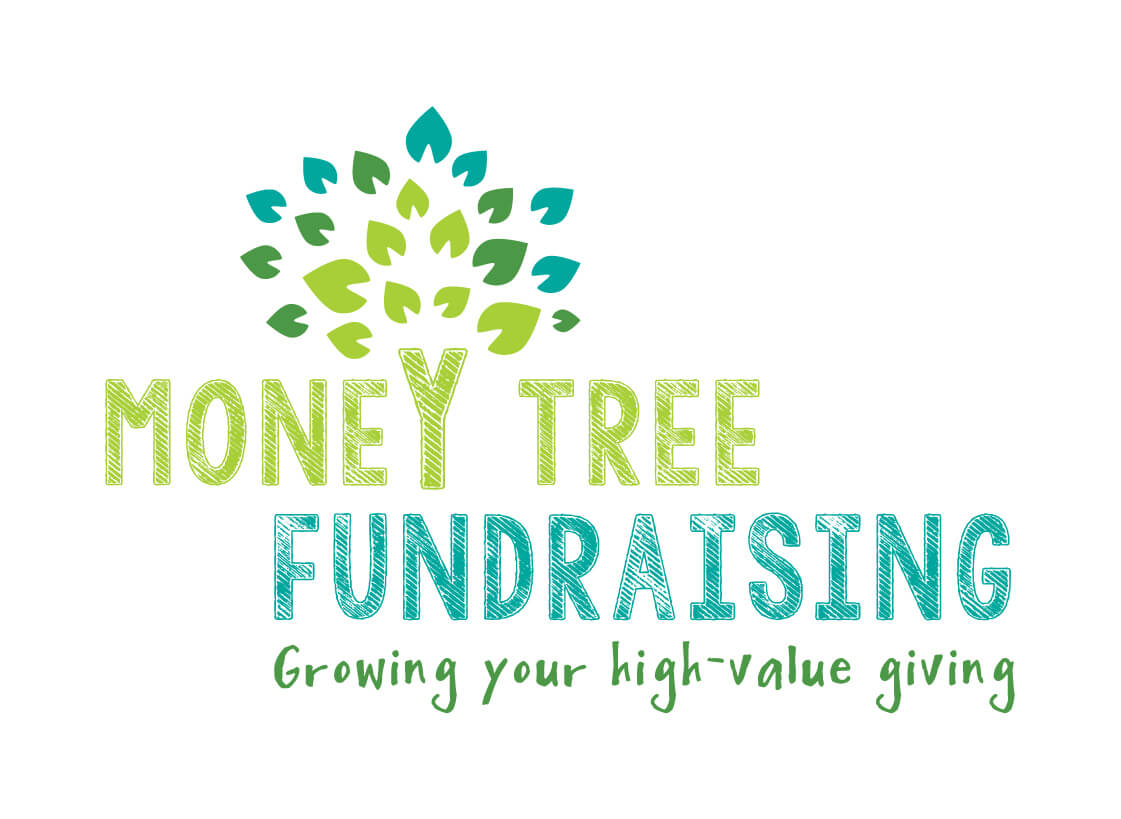You researched the funder, found all the areas of alignment, and decided upon what you think is an appropriate funding request. You wrote a great application, touching on the realistic and urgent need and provided evidence. Yet you were unsuccessful.
Unfortunately competition remains exceptionally high for grant funds, applicants rarely know the other organisations and projects at the decision-making table, and funders can have unwritten priorities and guidelines to which they adhere. It is rare an applicant organisation can impact these aspects. However, the two areas applicants CAN make a difference, and where they also often fall down, are in following every facet of the guidelines and in the quality of their project or service design.
It is no longer enough to just be a good cause.
It is no longer enough to just deliver a service or project because it has always been delivered.
At the minimum, projects need to be purposeful. They need to be clear in their approach and activities, realistic in their design, delivery and budget, and they need to meet an evidenced need. They don’t always need to be innovative and they don’t necessarily require a lot of bells and whistles.

A good project for trust fundraising (new or existing) will have relatively comprehensive answers to the followings:
- Beneficiary-/cause-orientated official and agreed-upon objectives, outcomes/impacts and outputs.
- A clear step-by-step plan of what will happen – in preparation (e.g. recruitment of project specific staff and participants), during the project (be that a single activity or programme of sessions), and any follow up or evaluation process.
- A timeline of the step-by-step plan: from planning to closure (evaluation/reporting).
- Evidence of why the project is needed and the assistance it will provide beneficiaries.
- Evidence of beneficiary and partner (if appropriate) consultation and co-creation and how that happened.
- Where and when it is being delivered.
- A demographic description and quantity of the anticipated beneficiaries.
- The individual(s)/team(s) who will be managing and delivering the project and the reason they are the best people to do so.
- A description of what success looks like. How it will be monitored and measured and who will do that. How it will be evaluated and what will be done with the evaluation.
- A written plan to track progress, allowing for flexible development as the delivery evolves (including adjusting for beneficiary co-design and input), and with initial contingency planning should things go significantly off-piste. This also helps with later reporting and evaluation.
- A comprehensive budget outlining all appropriate costs including staffing costs (even if they are inhouse staff). The budget should be realistic and common sense, reflecting the step-by-step/contingency plan, and should be evidenced.
As trust fundraisers, we rarely have control over the design or delivery of the projects/services for which we are raising necessary income. Nevertheless, we still need to gather as much information (such as listed above) as we can to complete our proposals and applications so they make sense and are an inviting opportunity for funders in which to invest. How this is achieved will depend on the trust fundraiser, their colleagues outside of fundraising, and the organisation.
It can sometimes be difficult to collect this information, in which case you could try one or more of the following strategies:
- Show the application questions to your service delivery colleagues. Once they understand why they need to provide the information, they may be more forthcoming.
- Work to bring senior service delivery staff onside. This will also help improve interdepartmental relationships and can support fundraisers in other income streams.
- Share the result – be they positive or negative – and thank those who contributed their time and knowledge to the creation of the application. Whilst it may be the fundraiser’s ‘baby’, the project itself ‘belongs’ to its designers, deliverers and participants.
- Trust fundraisers, as much as it may be out of their comfort zones, shouldn’t hide behind their desks – go to (or phone if that is not possible) the service itself. This is how positive relationships are made!
- If there is the chance, contribute proactively to the project or service design early on, letting colleagues know what funders are likely to want to see or fund.
- And finally, do not significantly change good and valid plans to meet the guidelines of trusts and foundations. A bit of tweaking here and there is appropriate, however the funders are not the beneficiaries and a good project is in place to support and serve the beneficiaries first and foremost.
We are running a 1 hour webinar on Project Design for Effective Trust Fundraising on 6th June. To book you place, click below.
